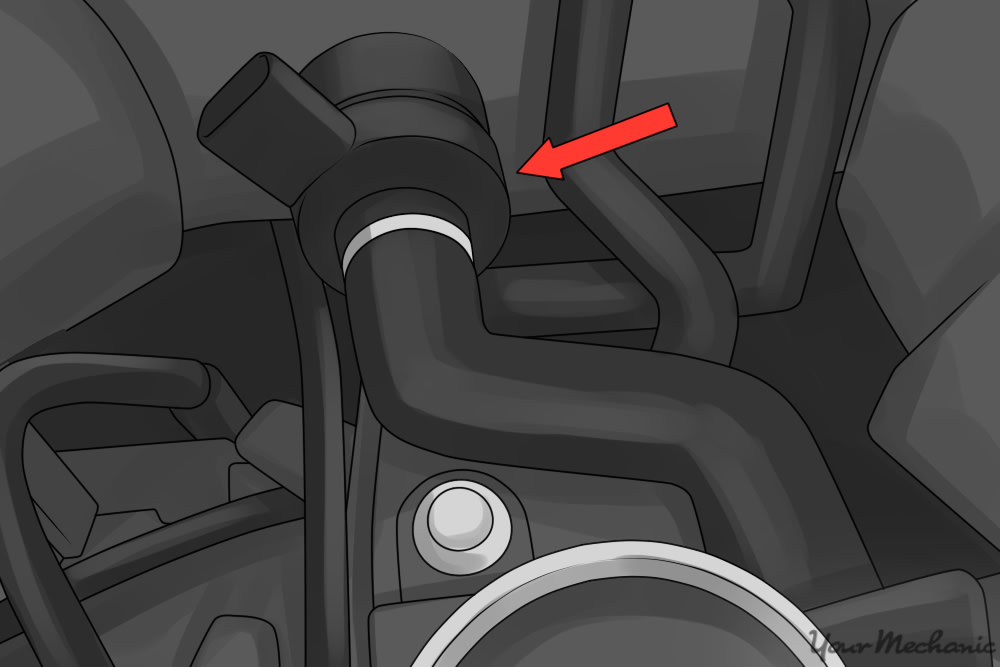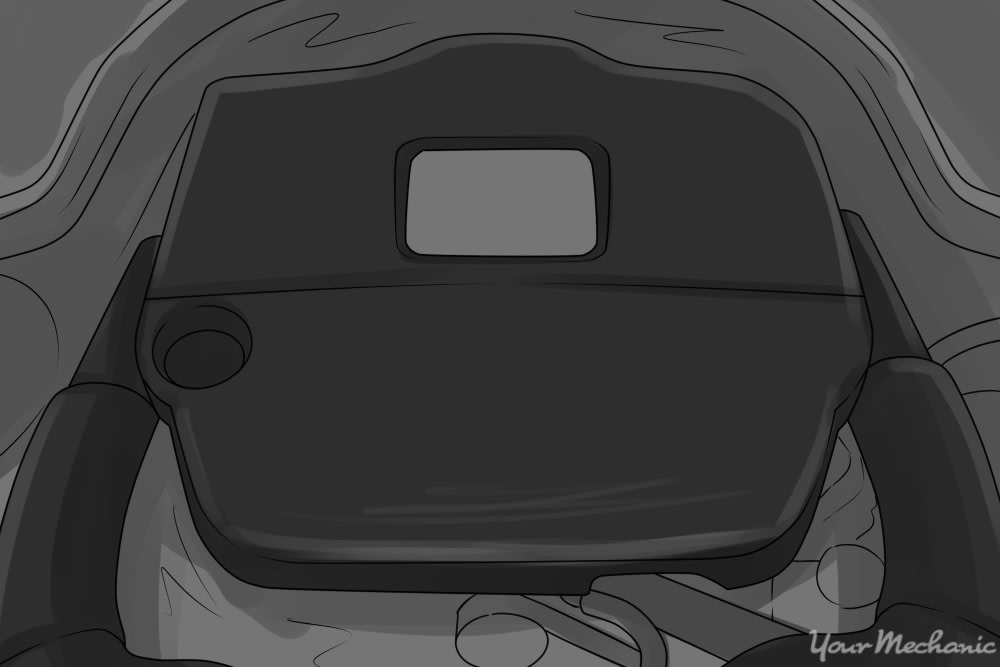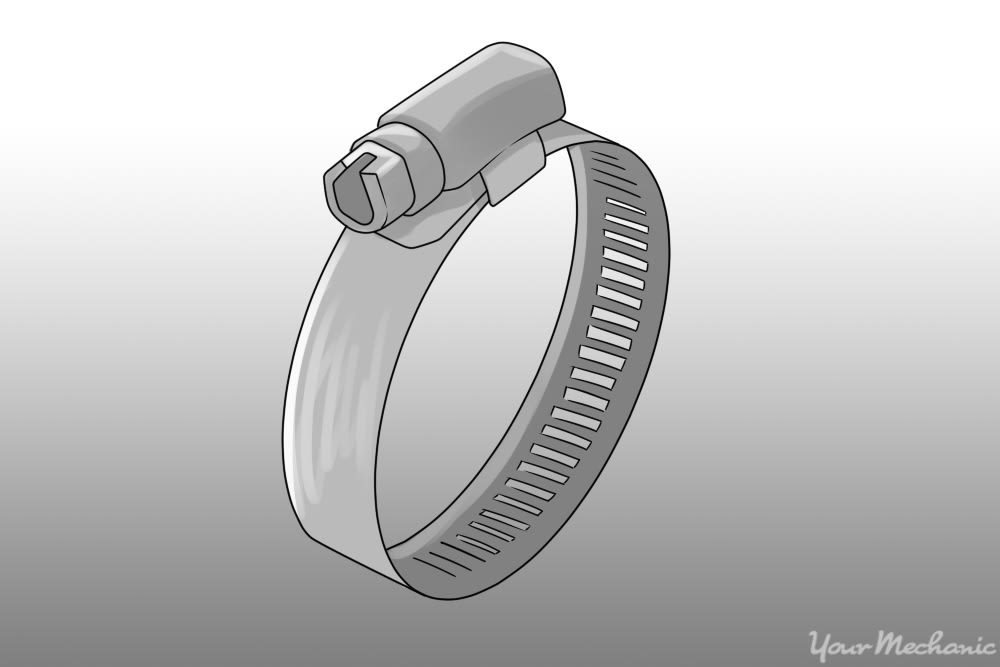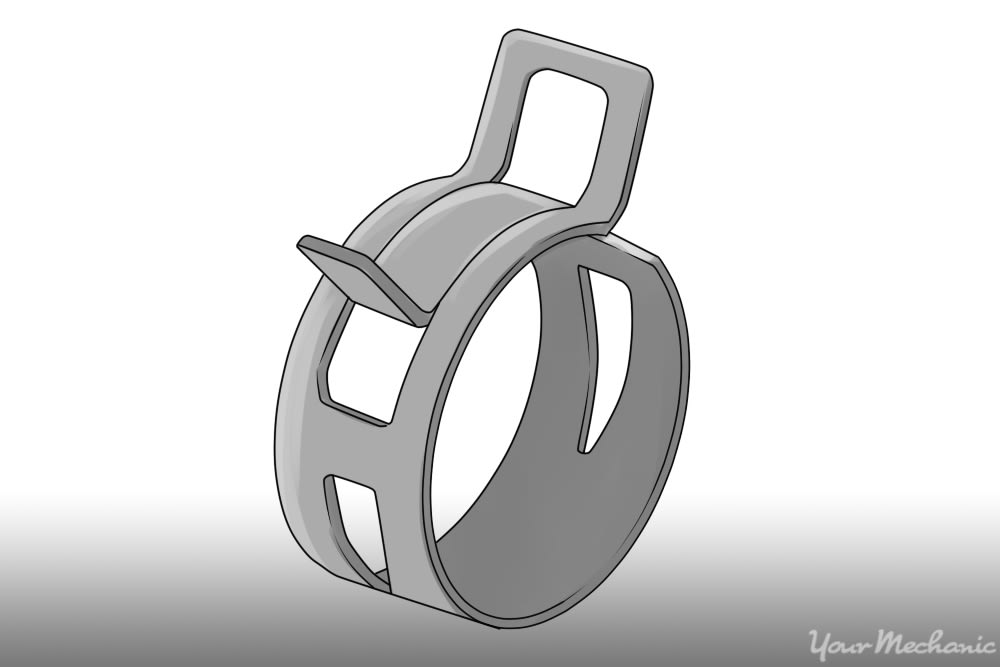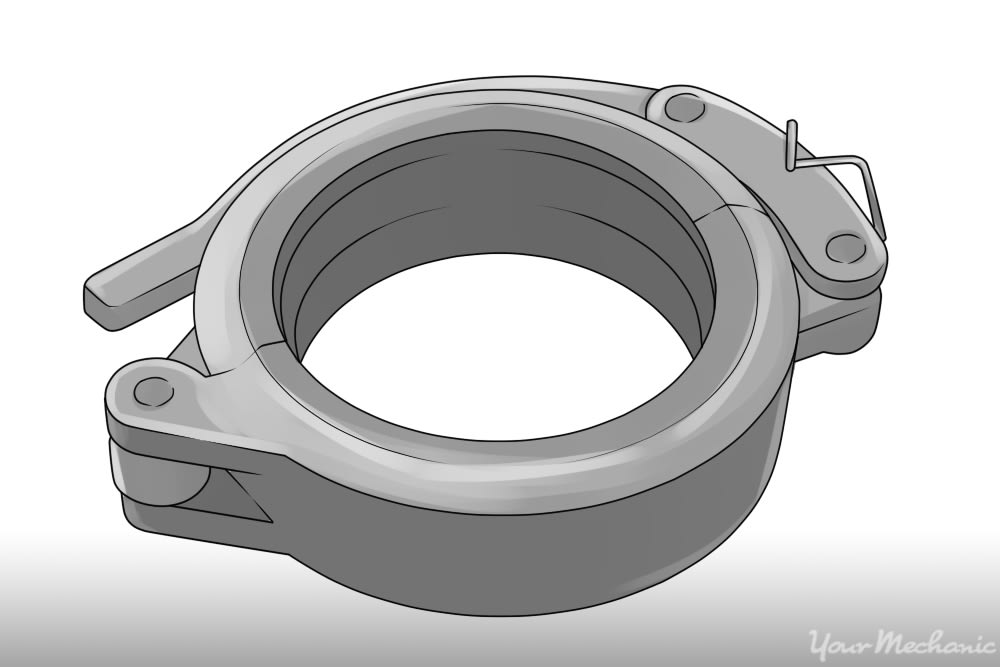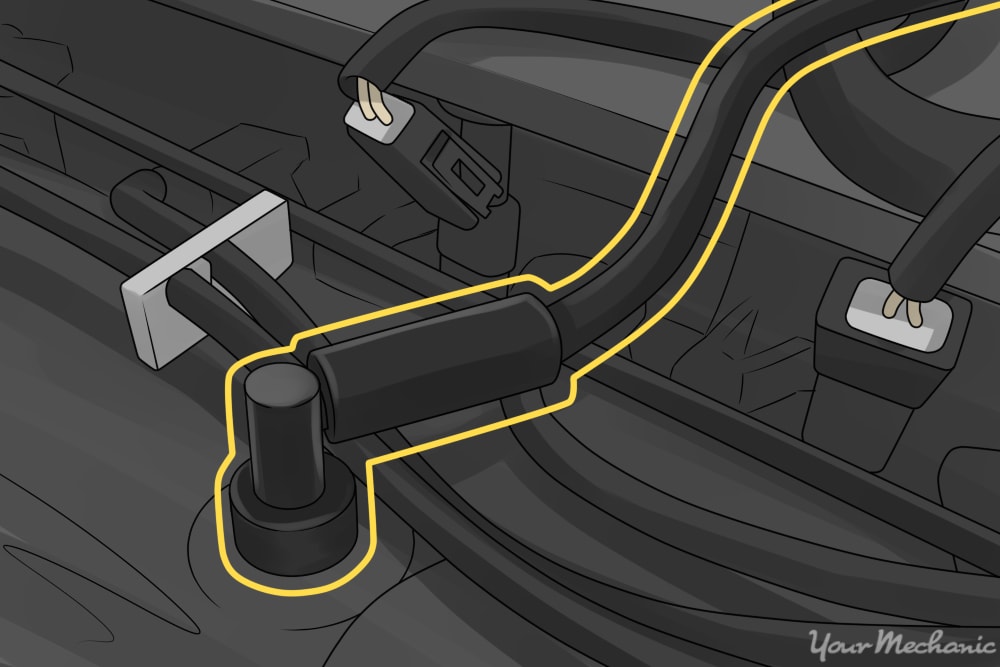

The Positive Crankcase Ventilation (PCV) valve hose is a hose running from the valve cover on the engine to either the intake air box or the intake manifold. The PCV valve is activated when crankcase pressure rises in the engine when running. These gases raise emissions, so to reduce the emissions the PCV valve routes these excess gases through the PCV valve hose to the intake airbox or intake manifold. The engine reburns these gases, which reduces emissions and keeps the engine running cleaner. A PCV valve hose failure can cause poor fuel economy, a Check Engine Light to come on, and can cause the engine to run rough.
Part 1 of 1: Replacing the PCV valve hose
Materials Needed
- ¼ inch driver
- ¼ inch socket (metric and standard)
- Pliers
- Replacement PCV valve hose
Step 1: Locate the PCV valve. The PCV valve is located on a valve cover, which is in various locations on the valve cover depending on the make.
The image above shows a PCV valve (1) and the PCV valve hose (2).
Step 2: Remove the engine covers. If there is a engine cover in the way of the PCV valve hose, you will need to remove it.
It will either be retained by nuts and bolts or just snapped into place with rubber insulators.
Step 3: Locate and remove the PCV hose. Once you locate the PCV valve, you will see how the PCV valve hose is attached to the PCV valve and the intake.
Your vehicle may use quick disconnectors, spring hose clamps, or gear type hose clamps.
Gear type hose clamps are removed by using a ¼ inch or 5/16 inch socket to loosen the hose clamp and slide it from the hose ends.
Spring hose clamps are removed by using a pair of pliers to collapse and slide the clamp away from the hose end.
Quick disconnectors are removed by releasing and slightly pulling to remove. This requires first examining how the quick disconnect works.
Once you have identified and removed the connector, remove the PCV valve hose by gently twisting and pulling the hose away from the fitting.
Step 4: Install the new PCV valve hose. Position the clamp on the PCV valve hose. The hose will typically slip right over the fitting when installing.
If needed, you can apply a very thin layer of grease to help slip it over the PCV valve or the intake fitting.
Step 5: Clamp the PCV valve hose. Clamp the hose by using either the clamps provided or the old clamps.
Step 6: Secure the clamps. Make sure to secure the hose ends with the type of clamps it is designed to use.
Step 7: Replace any removed covers. Reinstall any engine covers or plastic covers that were removed.
Keeping your vehicle’s PCV valve hose in good working order will help the engine run cleaner and more efficiently. If replacing your PCV valve hose is something you would rather leave to a professional, have one of YourMechanic’s certified technicians perform the replacement.



